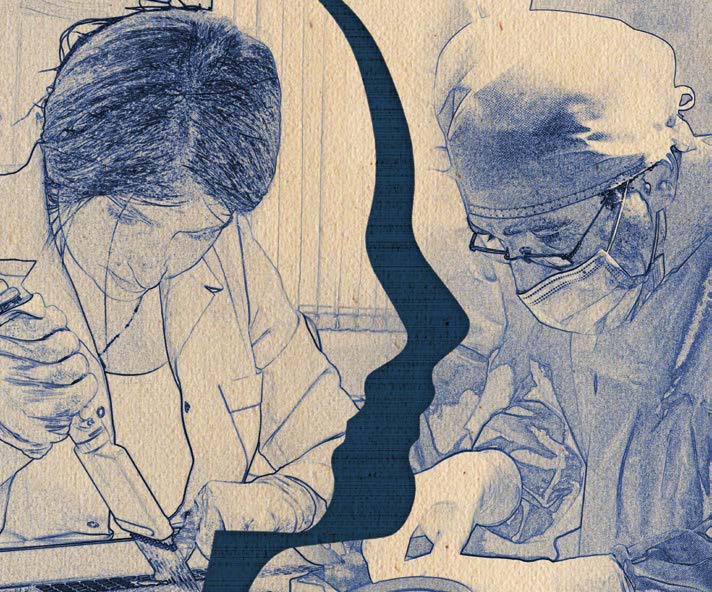Our experience of gamma-irradiated sterile cornea allograft surgery
Suzanna Kechyants 1, Ofelya Ginoyan *1,2, Lusine Kambulyan 1, Ani Hambardzumyan 2, Anna Hovakimyan 1,2
1 Heratsi Yerevan State Medical University, Yerevan, Armenia
2 Department of Eye Inflammatory Diseases, Malayan Ophthalmological Center, Yerevan, Armenia
*Corresponding author: ofelya.ginoyan.b@mail.ru, +374 77 567 566
ABSTRACT
Background: Gamma-irradiated sterile cornea (GISC) is a non-immunogenic, cross-linked, sterile patch graft in which the donor keratocytes and endothelial cells are eliminated. It can serve as a graft to cover glaucoma drainage devices, as a graft tissue for frank or impending corneal perforations in tectonic keratoplasty, as a graft tissue in lamellar keratoplasty, and as a carrier tissue for keratoprosthesis. The authors present their experience in treating severe ulcers with microperforations using GISC.
Methods: In 2021, eight patients with corneal ulcers unresponsive to medical treatment were chosen to be candidates for VisionGraft® (Corneagen) GISC transplantation and underwent successful corneal surgery.
Results: In 6 out of the 8 patients, the patch graft successfully restored tectonic support until optical keratoplasty could be performed if decision was made to improve visual acuity later. The remaining 2 grafts did not epithelialize after surgery and developed sterile corneal melt.
Conclusion: This case series supports the use of VisionGraft® GISC as a graft for restoring the anatomy of the eyeball in the setting of corneal perforation.
Keywords: sterile cornea, gamma-irradiated, allograft

